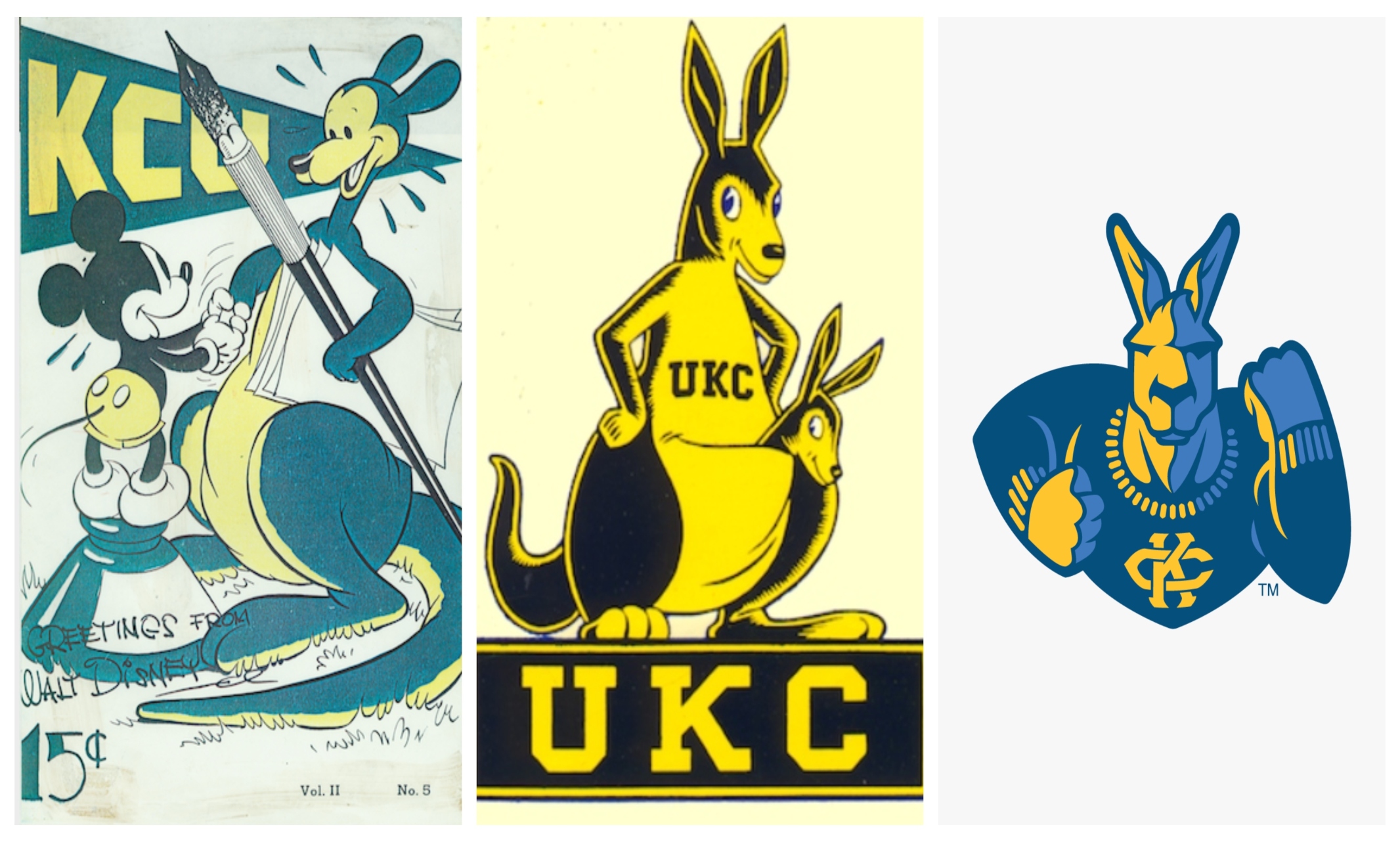In 1936, students at the newly established University of Kansas City were looking for a mascot that would embody the spirit of their school.
The three-year-old university had yet to establish an athletics program, but the debate team was about to begin competing with other universities.
“So, this idea came about that we needed to have a mascot for the university,” said Chris Wolff, the manager of the UMKC Bookstore and a UMKC historian.
At the time, the city of Kansas City was abuzz, eagerly anticipating some very exciting news. Across town at the Kansas City Zoo, Jigger the kangaroo, who had arrived just one year before, was pregnant and the whole town was awaiting news of her little one’s arrival. With all the excitement of the joey’s debut, the students were inspired and chose the kangaroo as the new mascot of the debate team. After all, it rhymed with KCU, the colloquial term used by the community for the university, and they knew the unique selection would stand out.
At first, the adoption of the kangaroo mascot was a student-led effort. After the debate team signed on, the yearbook did too, using the kangaroo as part of the front cover. The kangaroo mascot was nearly lost forever though, when in 1937 the yearbook dropped the kangaroo as its mascot. Not everyone was happy about the change. John Chaney, the president of the KCU Student Council, started the Kangaroo Party of the University of Kansas City with the platform to adopt the kangaroo as the university’s official mascot. In the fall of 1937, Kasey Kangaroo was born.
Throughout the years, Kasey has taken on many forms, both from student-created depictions, to official university marketing. Here is a look back at some of the most recognizable iterations.
The Disney Roo - 1938

In the early years of the kangaroo mascot, the depiction of the mascot was left to students, with help from a local celebrity. Fresh off his 1937 hit Snow White, KC native and famous animator Walt Disney responded to a request from KCU students to illustrate the cover of the March 1938 edition of the student-published humor magazine, The Kangaroo. Nearly a century later, it’s still perhaps the most well-known version of the KC Roo.
Student Roos 1938 - 1968
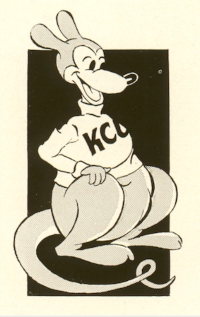
Over the next couple of decades, students created their own version of KC Roo for various purposes. Some were based on Disney’s version, others were completely unique creations.
The First Official Kasey - 1963
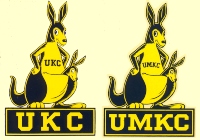
For more than 25 years after the kangaroo became the official KCU mascot, KCU did not use a depiction of a Roo in an official capacity. That changed shortly before KCU joined the University of Missouri System and became the University of Missouri–Kansas City, when the university unveiled its first Roo. It was also the first time Kasey is depicted with a pouch, making her a female. When the university merged with the Missouri system, Kasey got a slight makeover to reflect the change.
Return of the Student Roos - 1970s-1980s
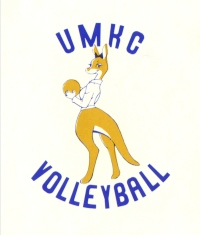
UMKC introduced an athletics program in 1968, but throughout the 70s and early 80s, the university usage of the Roo image declined. Students filled in the gap with their own illustrations of KC Roo playing various sports.
The Flying Roo - 1987

In 1987, UMKC joined the top competition group within the NCAA, Division I. As part of the change, the Roo was updated to be more suitable to athletic competitions.
The Boxing Roo - 2005
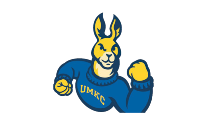
In the early 2000s, KC Roo tested a tougher look.
The Hopping Roo - 2009
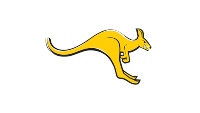
In 2009, the second version of the running Roo was unveiled.
Fighting Roo - 2019
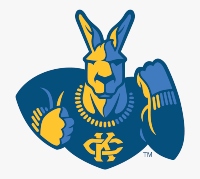
Today, the Roo takes on a more modern look. Now known as KC Roo, the image you see across campus and at athletic events these days was introduced in 2019.
Through the years, KC Roo has been met with both praise and criticism, but there was only one time since her official adoption that she truly faced the threat of extinction. When the university joined the NCAA Division I, there was a referendum to choose a mascot. Students voted to keep the Roo.
Asked why he believes KC Roo has stood the test of time, Wolff says his theory goes back to the early years.
“The connection to Walt Disney. That holds weight in people’s minds, gives it historical heft.”

